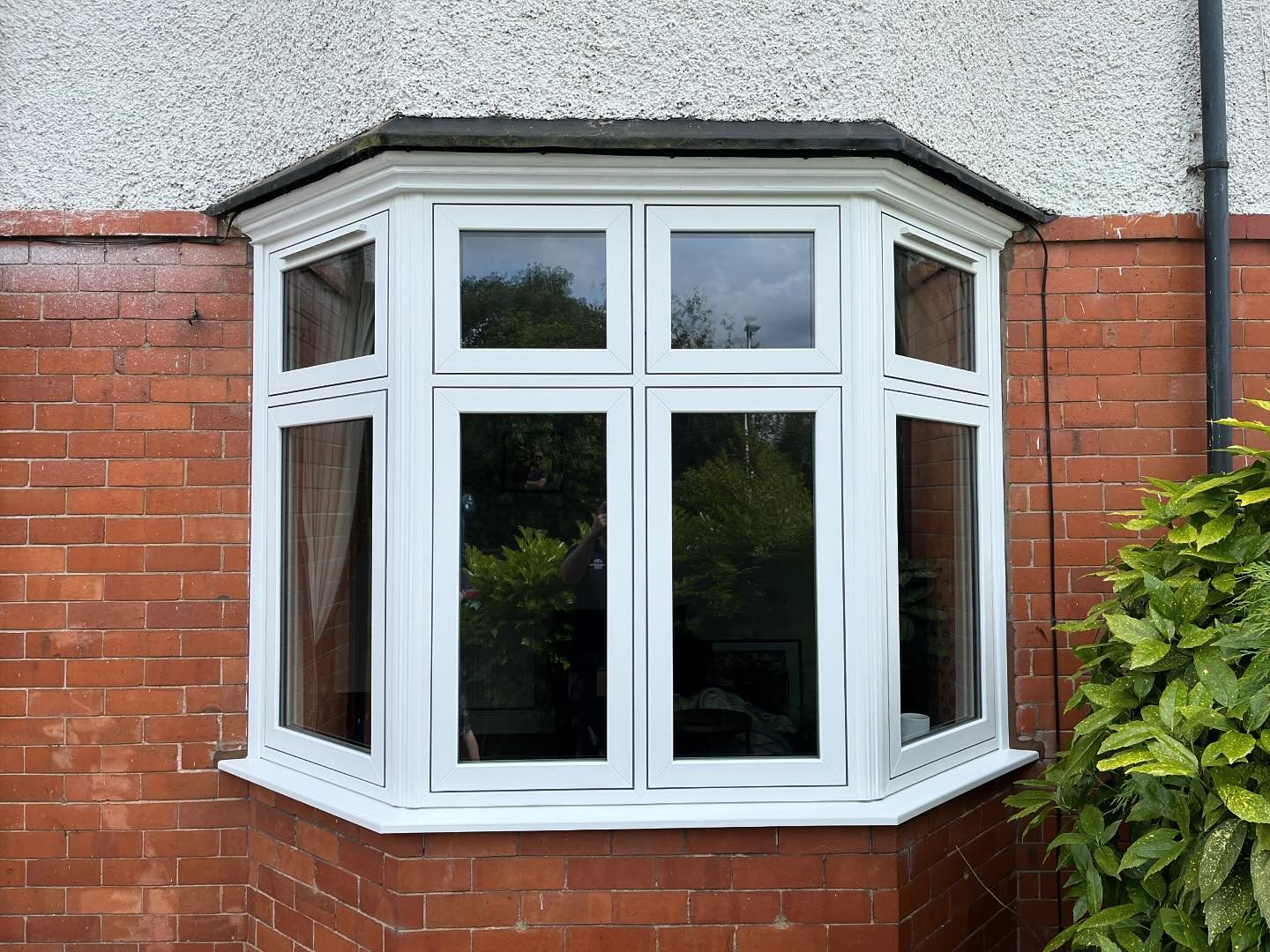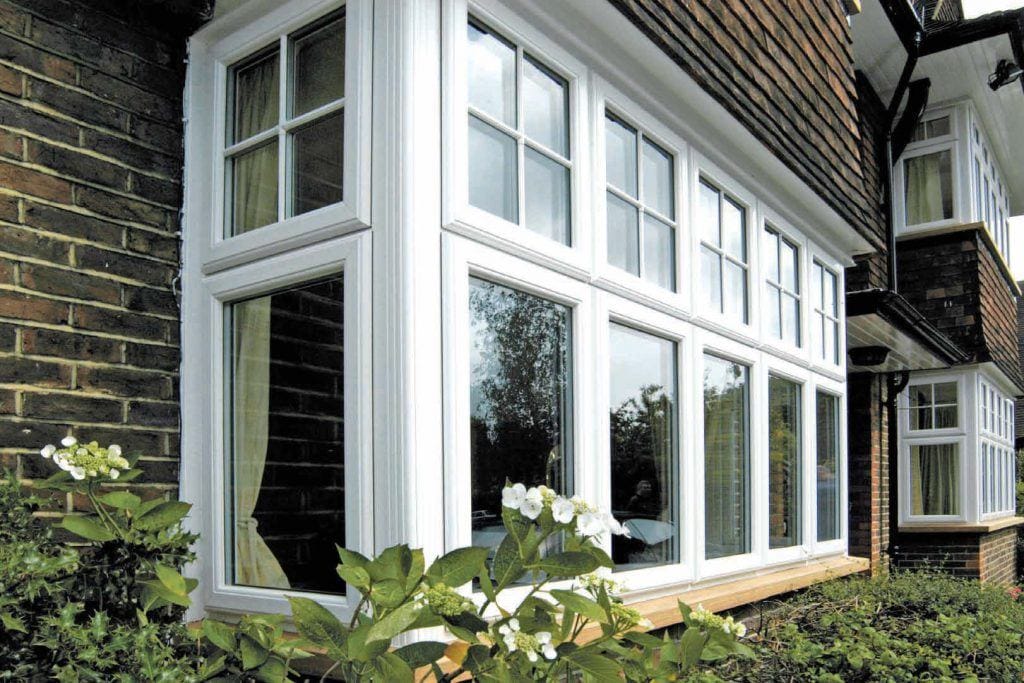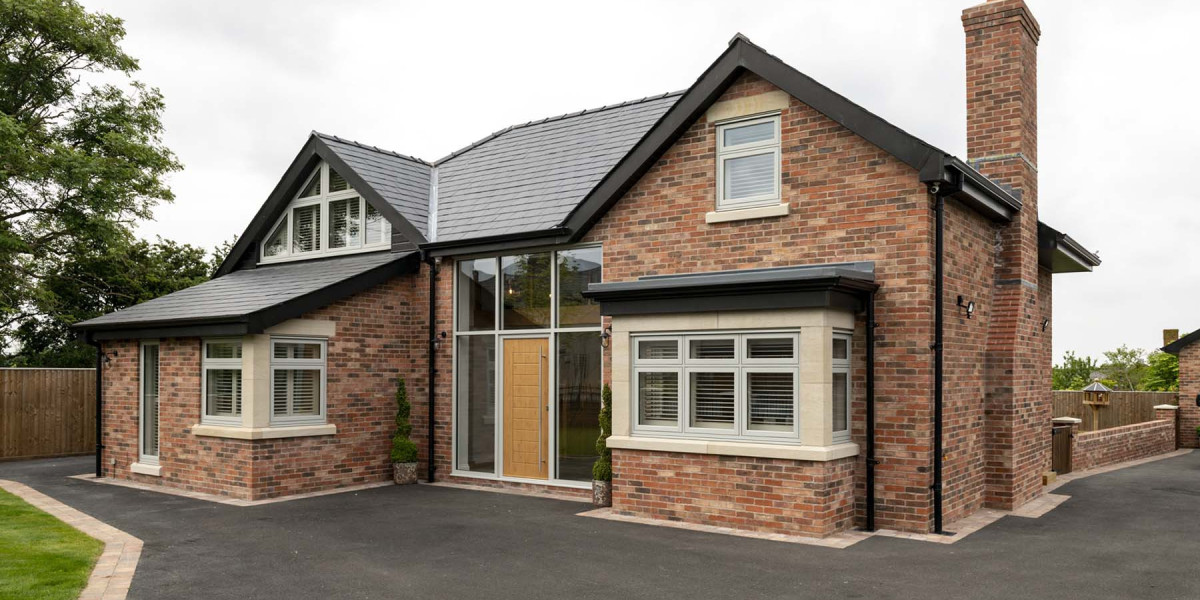In recent years, the demand for energy-efficient building solutions has surged, driven by rising energy costs and increasing awareness of climate change. Among the various options available, triple glazing has emerged as a standout choice for homeowners and builders seeking to enhance thermal performance and reduce energy consumption. While traditional double glazing has served its purpose well, the latest advancements in triple glazing technology are paving the way for a new era of energy efficiency, comfort, and sustainability in residential and commercial buildings.
Triple glazing, as the name suggests, consists of three panes of glass separated by insulating gas-filled spaces. This design significantly reduces heat transfer compared to double glazing, which typically has only two panes. The additional layer of glass and the insulating properties of the gas, usually argon or krypton, create an effective barrier against heat loss. As a result, triple glazing can achieve U-values (a measure of thermal transmittance) as low as 0.6 W/m²K, making it an ideal choice for energy-conscious consumers.

One of the most notable advancements in triple glazing is the development of low-emissivity (low-E) coatings. These coatings are applied to the glass surface and work to reflect heat back into the building while allowing natural light to pass through. The latest low-E coatings are designed to maximize solar gain during the winter months while minimizing heat loss, thus optimizing energy efficiency throughout the year. This technology has been further enhanced by the introduction of spectrally selective coatings, which filter specific wavelengths of light, allowing for greater control over solar heat gain and reducing glare.

Another significant advancement is in the spacer technology used in triple-glazed units. Traditional spacers, often made of aluminum, can create thermal bridges that compromise the insulating performance of the window. However, modern triple glazing utilizes warm-edge spacer bars made from materials such as polymer or stainless steel, which minimize heat transfer and enhance the overall energy efficiency of the window. These advancements not only improve thermal performance but also reduce condensation and increase the longevity of the glazing unit.
The structural integrity of triple glazing has also seen improvements. Manufacturers are now using advanced framing materials that provide better support for the heavier triple-glazed units, ensuring durability and stability. These frames are often made from materials such as fiberglass or composite materials that offer superior thermal performance compared to traditional wood or aluminum frames. This combination of advanced glazing and robust framing ensures that triple-glazed windows can withstand the elements while maintaining their energy-efficient properties.
In addition to performance enhancements, the aesthetic appeal of triple glazing has been a focal point for manufacturers. Homeowners are increasingly seeking windows that not only perform well but also complement the architectural style of their homes. As a result, the latest triple glazing options come in a variety of styles, finishes, and colors, allowing for greater customization. Manufacturers are also offering slimmer frames to maximize the glass area, providing an unobstructed view while maintaining high energy efficiency.
The installation process for triple glazing has also been refined. With advancements in manufacturing techniques, triple-glazed units are now available in pre-fabricated sizes, making them easier to install in new builds or during renovations. Additionally, many manufacturers provide comprehensive installation guides and support, ensuring that homeowners and builders can achieve optimal performance from their triple glazing systems.
Moreover, the environmental impact of triple glazing has been a significant consideration in its development. As the construction industry moves towards more sustainable practices, manufacturers are focusing on the lifecycle of their products. Many triple-glazed windows are now produced using eco-friendly materials and processes, reducing the carbon footprint associated with their production. Furthermore, the energy savings achieved through the use of triple glazing contribute to lower greenhouse gas emissions over the lifespan of the building, making it a sustainable choice for environmentally conscious consumers.
The cost of triple glazing has historically been a barrier to its widespread adoption. However, as technology has advanced and production processes have become more efficient, the price gap between double and triple glazing has narrowed. While triple glazing may still come with a higher upfront cost, the long-term energy savings and increased comfort it provides often outweigh the initial investment. Homeowners can expect to see a return on investment through reduced heating and cooling costs, making triple glazing a financially sound choice in the long run.
In conclusion, the latest advancements in triple glazing technology have transformed it into a highly efficient, aesthetically pleasing, and sustainable option for energy-conscious consumers. With innovations in low-E coatings, spacer technology, framing materials, and installation processes, triple glazing is now more accessible and effective than ever. As the demand for energy-efficient building solutions continues to rise, triple glazing stands at the forefront, offering a compelling alternative to traditional double glazing. Doors By Ideal Glass investing in triple glazing, homeowners and builders can significantly enhance the energy performance of their properties, contributing to a greener future while enjoying the comfort and benefits of modern living.








